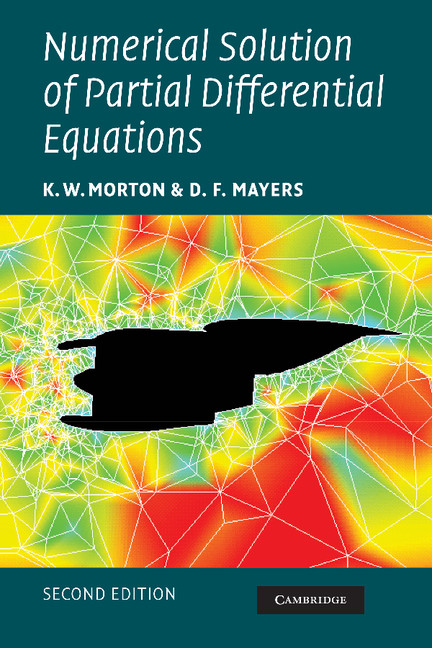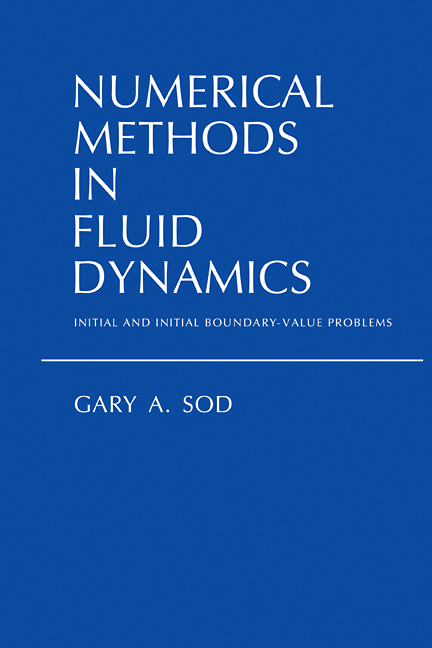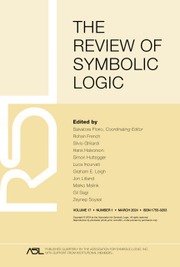Numerical Solution of Initial-Value Problems in Differential-Algebraic Equations
Many physical problems are most naturally described by systems of differential and algebraic equations. This book describes some of the places where differential-algebraic equations (DAE's) occur. The basic mathematical theory for these equations is developed and numerical methods are presented and analyzed. Examples drawn from a variety of applications are used to motivate and illustrate the concepts and techniques. This classic edition, originally published in 1989, is the only general DAE book available. It not only develops guidelines for choosing different numerical methods, it is the first book to discuss DAE codes, including the popular DASSL code. An extensive discussion of backward differentiation formulas details why they have emerged as the most popular and best understood class of linear multistep methods for general DAE's. New to this edition is a chapter that brings the discussion of DAE software up to date.
Reviews & endorsements
'[This book] is indisputably the best existing book on DAEs. It has structured the most important results on solvability properties, numerical methods, and software for DAEs. It is well written and describes difficulties with DAEs in a comprehensible way. It does not require any prior knowledge of the subject by the reader. The book is recommended to anyone who wants an introduction to DAEs. It is also a book that everyone who performs reseach on DAEs should have.' Anders Barrlund, OPTIMA
Product details
January 1987Paperback
9780898713534
266 pages
230 × 154 × 17 mm
0.384kg
This item is not supplied by Cambridge University Press in your region. Please contact Soc for Industrial & Applied Mathematics for availability.
Table of Contents
- Preface
- 1. Introduction: why DAE's?
- Basic types of DAE's
- applications
- Overview
- 2. Theory of DAE's
- Iintroduction
- solvability and the index
- Linear constant coefficient DAE's
- Linear time varying DAE's
- Nonlinear systems
- 3. Multistep methods
- Introduction
- DBF convergence
- BDF methods, DAE's and stiff problems
- General linear multistep methods
- 4. One-step methods
- Introduction
- Linear constant coefficient systems
- Nonlinear index one systems
- Semi-Explicit Nonlinear Index Two systems
- Order reduction and stiffness
- Extrapolation Methods
- 5. Software and DAE's
- Introduction
- Algorithms and Strategies in Dassl
- Obtaining numerical solutions
- Solving higher index systems
- 6. Applications. Introduction
- Systems of rigid bodies
- Trajectory prescribed path control
- Electrical networks
- DAE's arising from the method of lines
- Bibliography
- 7. The DAE home page
- Introduction
- theoretical advances
- Numerical analysis advancements
- DAE software
- DASSL
- Supplementary bibliography
- Index.









